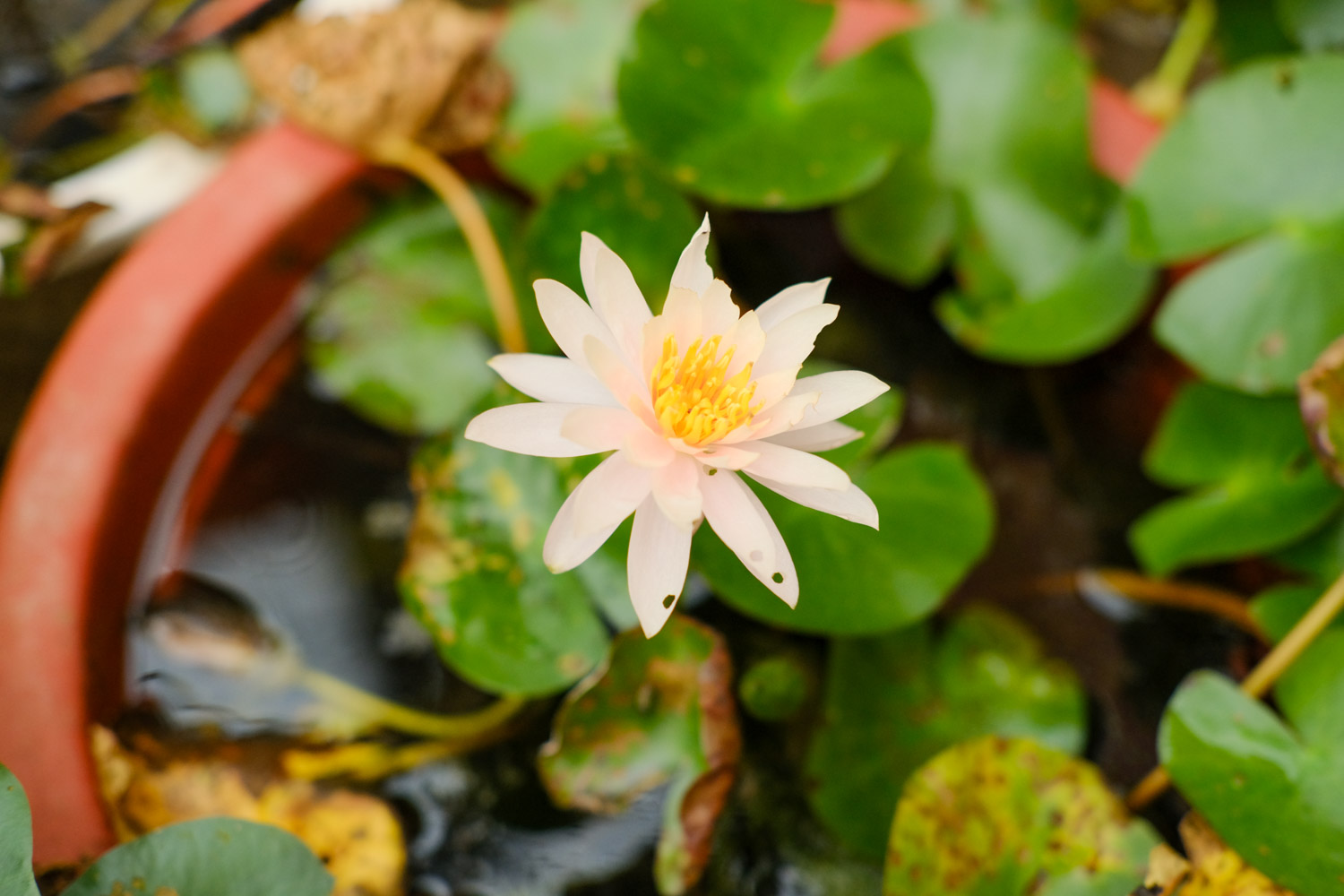1. Soil
It has specific requirements for soil, which means that ordinary soil can not meet it. The best soil contains a lot of humus, and we need clay loam. Of course, we must ensure its fertility. In fact, this soil is very particular, because if it is relatively sticky, it will affect the growth and expansion of lotus root. If it is relatively soft, it is easy to be damaged by the wind and cause problems at the root. So the best thing is to use the soil in the pond, or use a mixture of garden soil, loess and sand. In fact, the soil it needs is alkaline, so we usually keep it at 6.5 to 7.5

2. Illumination
The light it likes is that kind of strong light. We need to keep it under the light for seven or eight hours every day, which is very good for it. For example, it can make its flower buds more and bloom longer. Because it loves the nature of light, we must not keep it in shadow all the time. If you want to put it indoors, you can't put it for too long. The second way is to breed on the balcony. Besides, we can't let it be exposed to the hot sun at noon

3. Temperature
This factor cannot be treated arbitrarily because it is very strict. The temperature of its germination is between 8 and 10 degrees, while the temperature of lotus root belt growth is 14 degrees. If it comes to growth, its temperature is required to be between 25 and 30. In addition, we should know that it grows faster on sunny and rainy days

4. Fertilization
This is a necessary link. Generally, the amount of base fertilizer we give it is based on the size of the basin. One month after planting it, we need to apply liquid fertilizer to it. In addition, after it grows leaves, we also need to topcoat it once or twice. When the flower is in full bloom, we need to apply phosphoric acid to it every week
5. Moisture
We need to add water to it every day in summer, and the quality of water should be guaranteed. You don't have to add too much water in autumn and winter

 how many times do yo...
how many times do yo... how many planted tre...
how many planted tre... how many pine trees ...
how many pine trees ... how many pecan trees...
how many pecan trees... how many plants comp...
how many plants comp... how many plants can ...
how many plants can ... how many plants and ...
how many plants and ... how many pepper plan...
how many pepper plan...





























